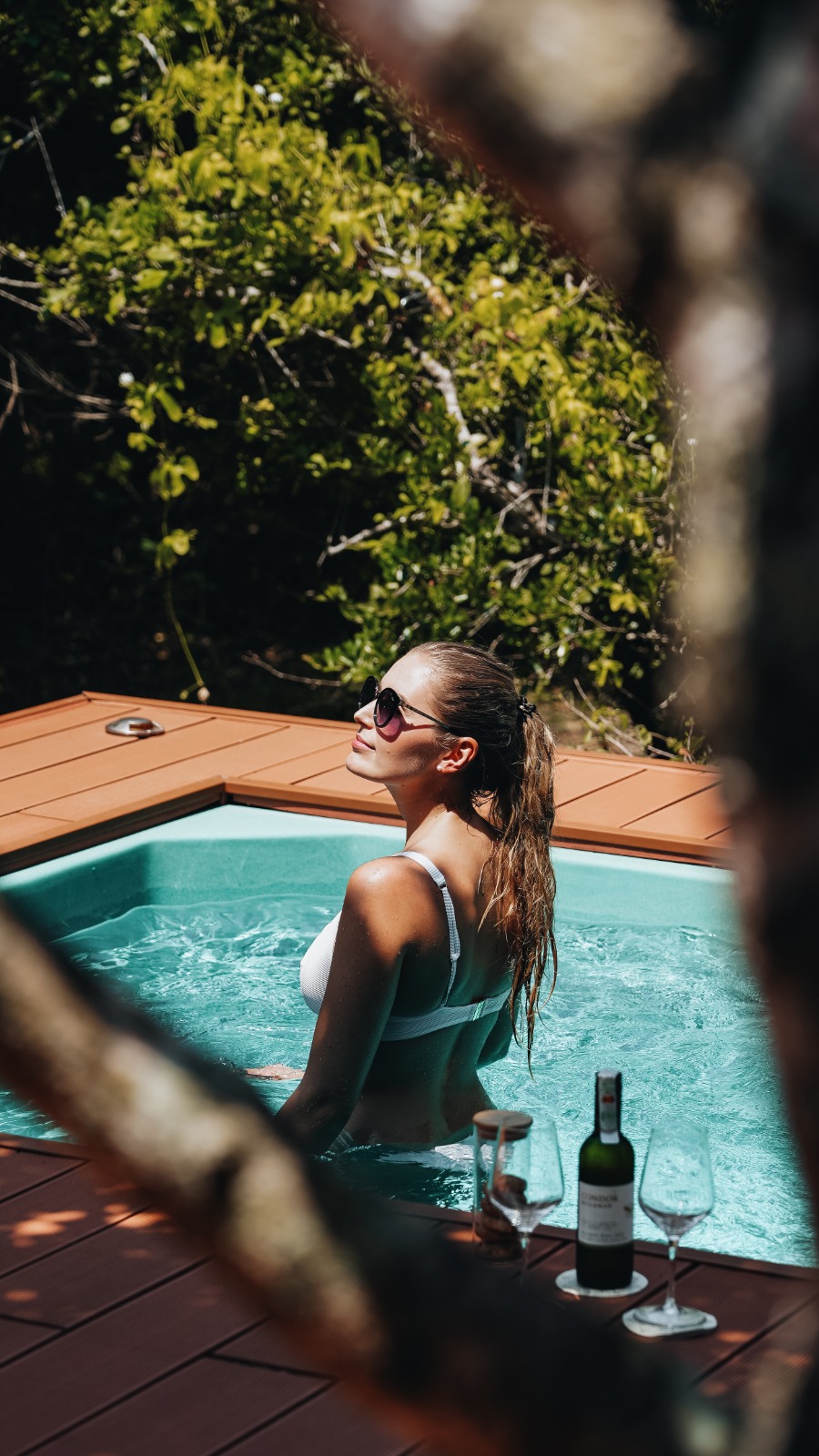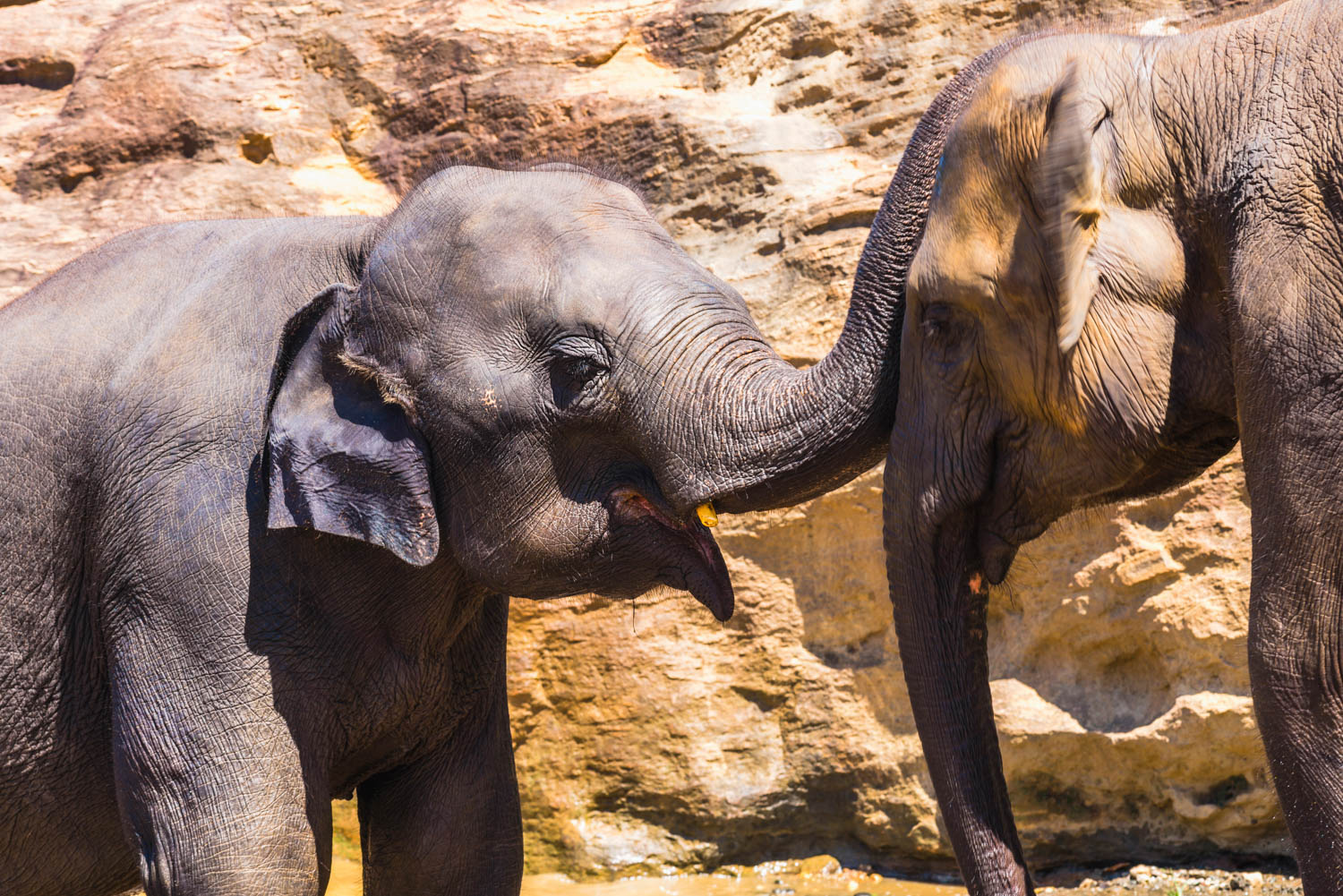Colombo National Museum: Complete Travel Guide to Sri Lanka’s Cultural Treasure


At a Glance
Highlights
Fun Facts
Introduction
Standing tall in the heart of Colombo, the Colombo National Museum — also known as the Sri Lanka National Museum — is the island’s most prestigious cultural institution. Established in 1877, it houses an unrivaled collection of artifacts, royal regalia, sculptures, and manuscripts that tell the story of Sri Lanka’s rich history and diverse heritage.
For travelers, history lovers, and students, this museum is the gateway to understanding Sri Lanka’s 2,500-year-old civilization, from the ancient kingdoms of Anuradhapura and Polonnaruwa to the Kandyan era and beyond.
History and Significance of Colombo National Museum
The museum was founded in 1877 by Sir William Gregory, the then British Governor of Ceylon. Built in Italianate colonial style, the building itself is a landmark, surrounded by manicured gardens.
Originally established to preserve artifacts of Sri Lanka’s past, it has since grown into a national heritage institution, with multiple branches across the island.
Photo by UGA Chena Huts

Photo by UGA Chena Huts
.jpeg)
The Collections of Colombo National Museum
Ancient Sri Lankan History
Artifacts from the Anuradhapura and Polonnaruwa kingdoms, including tools, inscriptions, and coins.
Buddhist Art & Sculptures
Statues of the Buddha, temple carvings, and relics reflecting the deep roots of Buddhism.
Royal Regalia
The highlight exhibits — the crown and throne used by the last Kandyan kings, along with ceremonial swords and jewelry.
Art, Textiles & Paintings
Traditional Kandyan paintings, colonial portraits, and centuries-old textiles that display the artistry of Sri Lanka’s heritage.
What to See at Colombo National Museum
- Crown & Throne of Kandyan Kings – The most famous exhibits, symbolizing royal power.
- Ancient Stone Sculptures – Carvings from Anuradhapura and Polonnaruwa.
- Buddhist Relics – Statues, manuscripts, and artifacts tied to Sri Lanka’s Buddhist traditions.
- Paintings & Textiles – Kandyan art, colonial-era portraits, traditional garments.
- Archaeological Finds – Coins, tools, pottery, and inscriptions spanning centuries.
Activities and Experiences at the Museum
Guided Tours
Available for visitors who want detailed insights into the exhibits.
Educational Exhibits
Popular for school trips, researchers, and cultural studies.
Photography
Allowed in certain sections, but flash photography is usually prohibited.
Where to Eat Nearby
- Museum Café – Convenient for snacks and tea.
- Colombo Restaurants – A mix of fine dining and local eateries within walking distance.
- Street Food – Try Sri Lankan short eats like vadai, samosas, and hoppers nearby.
Photo by UGA Chena Huts

Photo by UGA Chena Huts
.jpeg)
Where to Stay
Colombo offers a wide range of accommodation options:
- Luxury Hotels – Five-star properties like Cinnamon Grand and Shangri-La.
- Boutique Hotels – Stylish stays blending heritage with modern comfort.
- Budget Guesthouses – Affordable options for backpackers and students.
Our
Featured
Trips.
Explore Our featured trips curated by fellow Sithiyam Travlers
Nearby Attractions
- Viharamahadevi Park – Colombo’s oldest park, right across the museum.
- Independence Square – A national monument symbolizing freedom.
- Gangaramaya Temple – A famous Buddhist temple combining modern and traditional design.
Deep Dive to Nearby Attractions
- Viharamahadevi Park: A green oasis with walking paths, fountains, and children’s play areas.
- Independence Square: Built to commemorate Sri Lanka’s independence in 1948, featuring colonial-era architecture.
- Gangaramaya Temple: One of Colombo’s most important temples, known for its eclectic art and artifacts.
Getting to Colombo National Museum
From Colombo Fort
- By Tuk-tuk: 10–15 minutes.
- By Bus: Several local buses pass by the museum.
- By Taxi: Convenient and affordable within the city.
From Bandaranaike International Airport
- By Taxi/Car: Around 45 minutes depending on traffic.
- By Bus: Buses to Colombo Fort, then transfer to a tuk-tuk.
Photo by UGA Chena Huts

Photo by UGA Chena Huts
.jpeg)
Getting Around, Safety, and Tips
- Transport – Easily accessible by taxi, tuk-tuk, or bus from anywhere in Colombo.
- Tickets – Entrance fees vary for locals and foreigners (approx. USD 5–10 for adults).
- Photography Rules – Photography may be restricted in certain galleries — check signage.
Tips for Visitors
- Opening Hours: Daily 9 AM – 5 PM (closed on public holidays).
- Best Time to Visit: Morning hours to avoid crowds and heat.
- Essentials: Carry water, wear light clothes (Colombo is hot year-round).
- Cultural Respect: Some sections feature religious artifacts — dress modestly.
Frequently Asked Questions (FAQs)
Q1. What is the Colombo National Museum famous for?
It is best known for housing the crown and throne of the Kandyan kings.
Q2. How much is the entrance fee?
For foreigners, around USD 5–10 (subject to change); locals pay a reduced fee.
Q3. How long should I spend at the museum?
At least 1.5 to 2 hours to explore the main galleries.
Q4. Can I take photos inside the museum?
Yes, but only in designated areas and without flash.
Q5. Is the museum suitable for kids?
Yes, children will enjoy the artifacts, sculptures, and educational exhibits.
Q6. When was the museum established?
It was founded in 1877 by Sir William Gregory.
Got Questions? We Have Answers
Photo by UGA Chena Huts

Photo by UGA Chena Huts
.jpeg)
Conclusion
The Colombo National Museum is more than just a collection of artifacts — it’s the story of Sri Lanka itself. From the royal regalia of Kandyan kings to ancient Buddhist sculptures and colonial-era relics, every gallery tells a tale of the island’s past.
A visit here is a must for anyone seeking to understand the culture, history, and identity of Sri Lanka. Whether you’re a history buff, a student, or a curious traveler, the Colombo National Museum will leave you with a deeper appreciation of the island’s heritage.


.jpg)
.jpeg)


